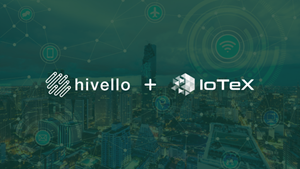YOM Partners with K4 Rally to Revolutionize Blockchain Gaming

YOM has announced an exciting partnership with K4 Rally to introduce blockchain rally racing gaming to its decentralized network. This collaboration aims to pioneer cloud gaming by utilizing a decentralized physical infrastructure network (DePIN) that allows AAA quality games, such as K4 Rally, to be streamed to any device. By leveraging URL hosting and popular platforms like Telegram, players can enjoy a diverse range of traditional and blockchain-based gaming experiences without the need for high-end gaming hardware.
K4 Rally stands out as a groundbreaking blockchain-powered rally racing game that offers players a unique play-to-earn experience. Players can own in-game assets and cars as NFTs while competing in various racing tournaments globally. This game is designed to bridge the gap between traditional gaming and blockchain technology, ensuring genuine ownership of assets and a transparent, decentralized gaming ecosystem. The integration of K4 Rally’s NFT-based asset system with YOM’s decentralized pixel-streaming network aims to enhance accessibility, allowing players to access the game directly through their web browsers.
The partnership also focuses on joint research and development efforts to improve cloud gaming accessibility through browser-based URL access. By utilizing YOM’s decentralized edge infrastructure, K4 Rally can provide players with minimal latency and uninterrupted gameplay, regardless of their location or hardware capabilities. Both companies plan to enhance user engagement and expand their player base through cross-promotion, revolutionizing the gaming experience for both traditional and blockchain gamers. This collaboration is set to break new ground in the gaming industry, offering innovative technology and decentralized solutions for an exceptional gaming experience.
Related News





